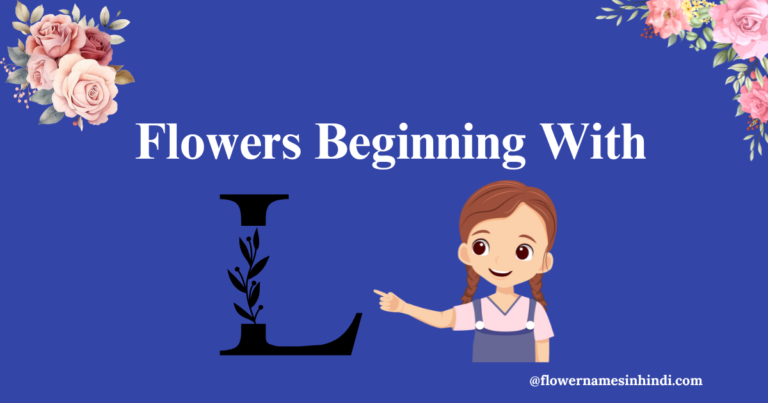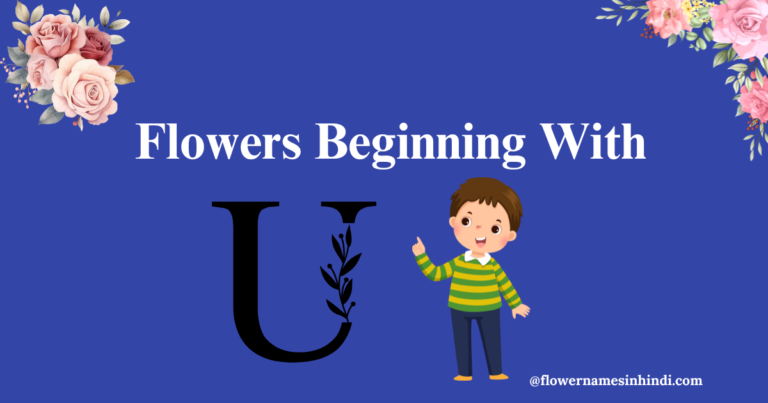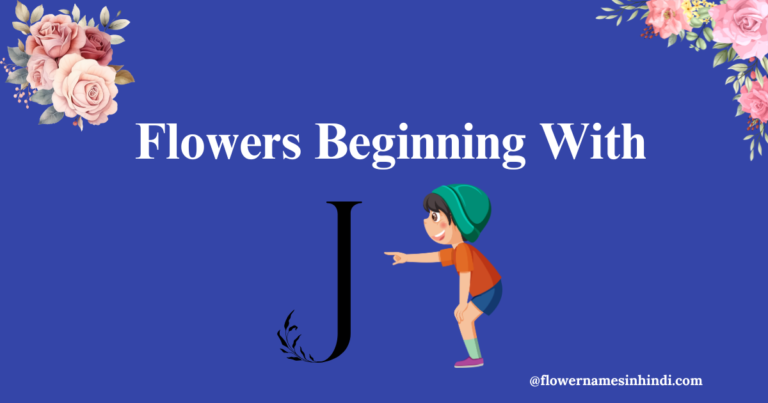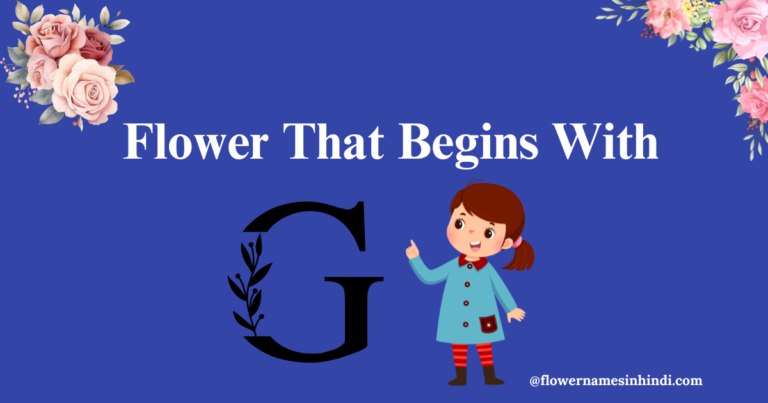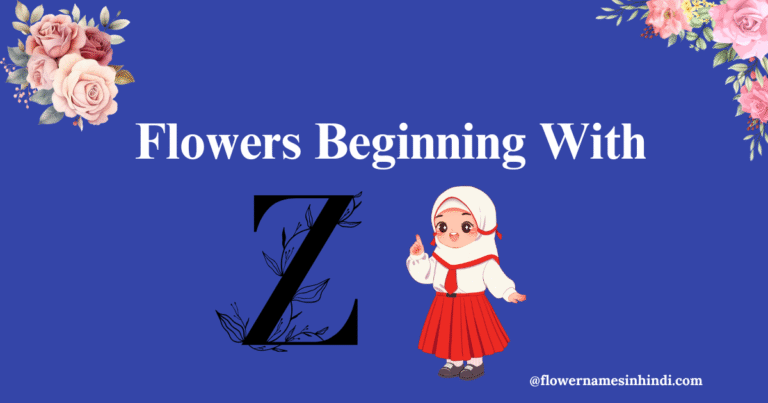15+ Beautiful Flowers That Start With B [Complete Guide]
Every flower carries a special meaning and holds a place in culture. Each type grows in its own way. Some love full sunlight with light water, while others enjoy soft sun rays with plenty of water. Along with their details, we share clear pictures so you can remember them better.
We already looked at the lovely flowers that start with A. Now it is time to move toward flowers that begin with the letter B. Come along and explore this colorful world of blooms with us!
A comprehensive list of flowers starting with B, to help you explore and remember them easily.
🍀Begonia
🌿 Bluebell
⭐ Black-eyed Susan
🌸 Bird of Paradise
💚 Babys Breath
🔹 Balloon Flower
🌼 Blanket Flower
🍀 Buttercup
✨ Bee Balm
🌺 Bloodroot
Bauhinia blakeana: Hong Kong Orchid tree
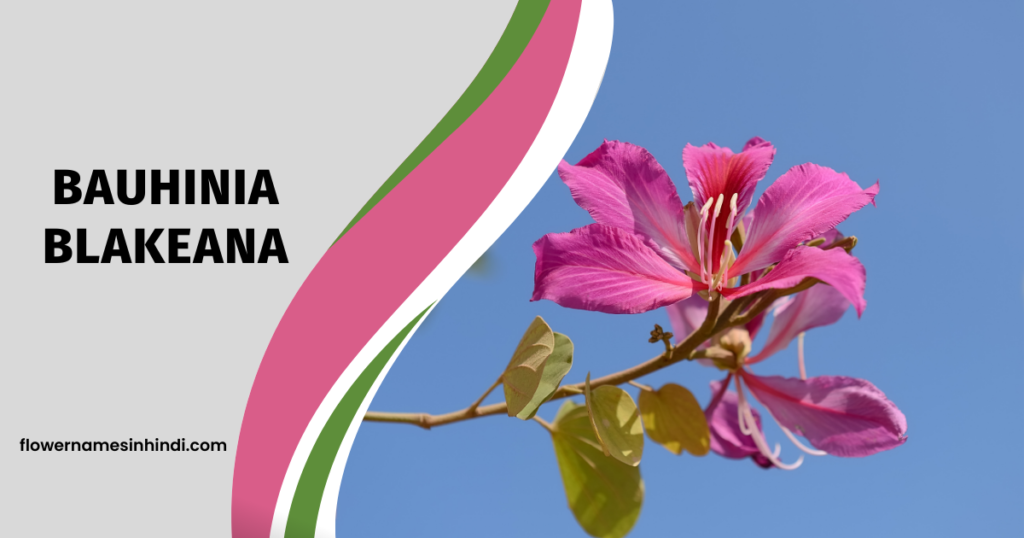
Bauhinia blakeana, also known as the Hong Kong Orchid Tree, belongs to the Fabaceae family (legume family). It is a magnificent blooming tree renowned for its big, vivid, and fragrant blossoms. This family also includes Beans, lentils, peas, and soybeans.
Bauhinia blakeana is different from other species because it is sterile. It does not produce seeds. People grow it through cuttings or grafting. This helps the tree keep its special traits. Its sterility also stops it from spreading too much. That makes it a safe and eco-friendly choice to grow outside its native area.
| Feature | Detail |
| Botanical name | Bauhinia |
| No. of species | 500 |
| Symbol | Beauty , resilience |
| Blooming time | Winter to early spring |
| Origin/Location/Native to | Tropical and subtropical regions of Asia, Africa, and the Americas |
Blazing Star: Flowers That Start With B
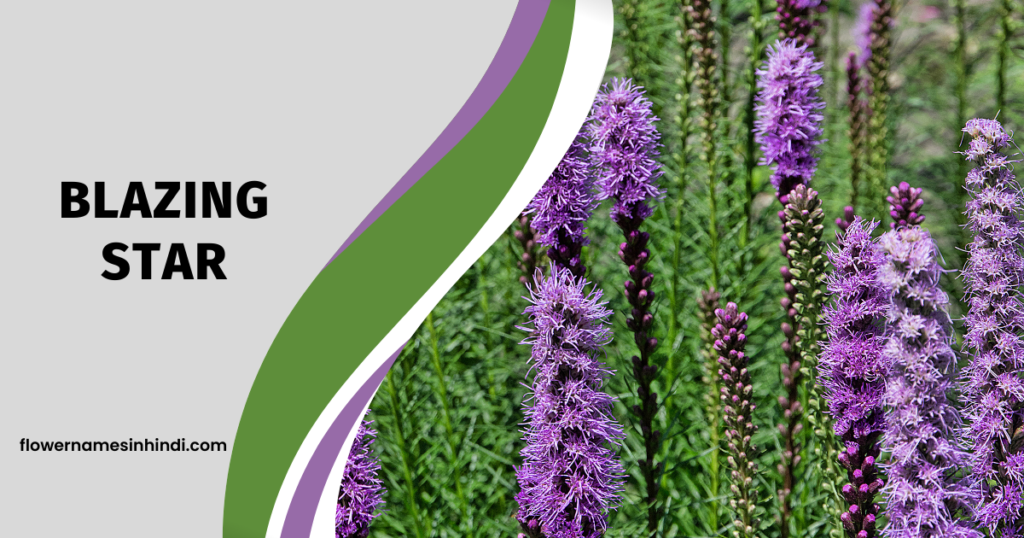
Blazing Star belongs to the Liatris genus and Asteraceae family. Its name comes from the Greek word Liaino, which means smooth. It is a beautiful perennial plant noted for its eye-catching flower spikes that lend drama and elegance to landscapes and floral arrangements.
Flowers are present in purple, pink, and white colors. It has a beautiful fragrance, hence attracts pollinators. They thrive in full sun and well-drained soil. Some species of Blazing Star also have healing properties that treat various ailments.
The flowers last long after cutting, so they are popular in bouquets.
Certain species of Blazing Star were used as incense in ceremonies because of their pleasant scent when dried.
| Feature | Detail |
| Botanical name | Liatris spp. |
| No. of species | About 45 |
| Symbol | Confidence, strength |
| Blooming time | Summer to Early Fall |
| Origin/Location/Native to | North America |
Blueweed: The Vibrant Wildflower
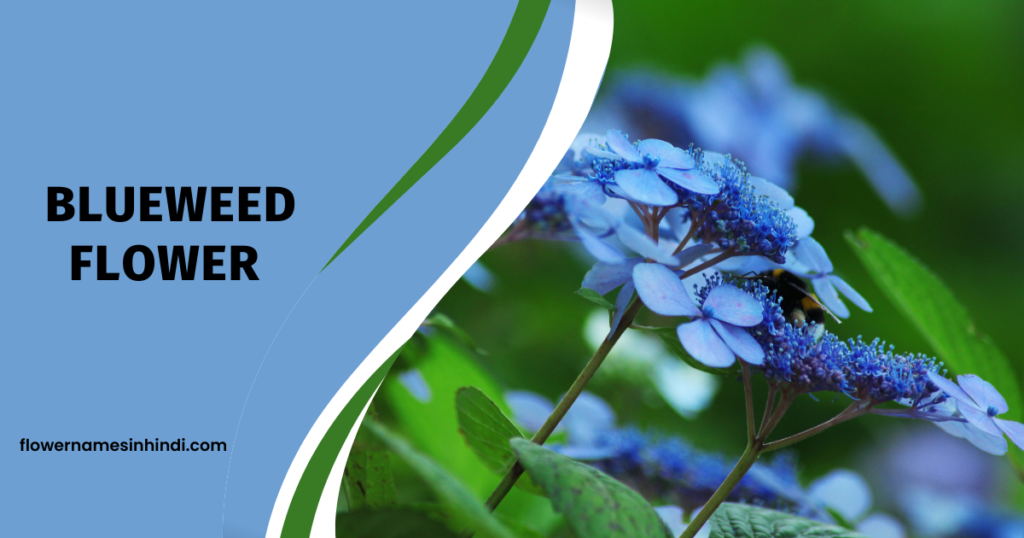
Blueweed, also known as viper’s bugles is a stunning wildflower recognized for its vibrant blue spikes of blossoms and ability to bring a splash of colour to gardens and natural settings. It belongs to the Asteraceae family and is native to Europe and parts of Asia.
This genus includes other flowers, such as daisies, asters, and dandelions. It attracts many pollinators, including bees and butterflies, making it an ideal choice for increasing biodiversity in gardens and meadows.
| Feature | Detail |
| Botanical name | Echium vulgare |
| No. of species | Approximately 30 species |
| Symbol | Resilience, Determination |
| Blooming time | Summer to Early Fall |
| Origin/Location/Native to | Europe and parts of Asia |
Baby Blue Eye: Flowers That Start With B
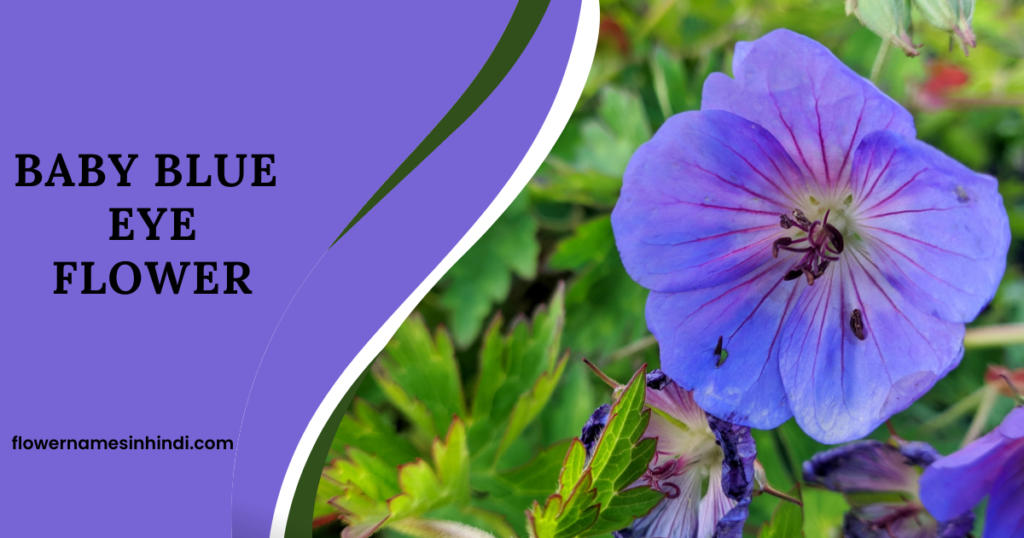
Baby Blue Eyes, scientifically known as Nemophila menziesii, belongs to the Boraginaceae family. It is a lovely annual flower valued for its delicate, sky-blue cup-shaped blooms and ability to add a gentle, airy touch to gardens and floral arrangements.
Baby Blue Eyes spread calmness and bring a relaxing feel to gardens. They grow well in cool, well-drained soil and enjoy partial to full sunlight. This makes them a great choice for many garden styles.
| Feature | Detail |
| Botanical name | Nemophila spps. |
| No. of species | 11 |
| Symbol | Innocence, Tranquility |
| Blooming time | Late winters to Early Summer |
| Origin/Location/Native to | Western North America |
Bignonia: The Vibrant Climber
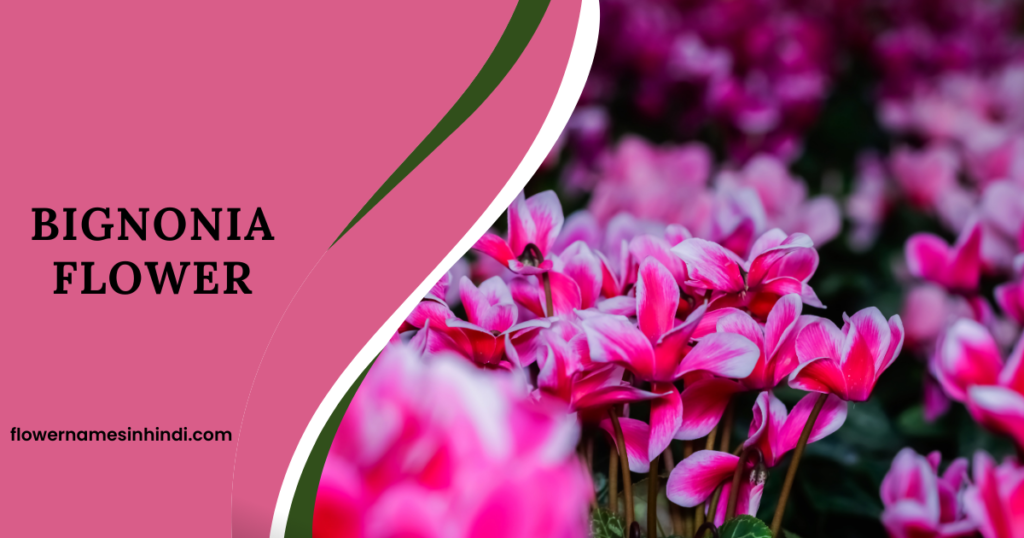
Bignonia is a genus of flowering plants belonging to the Bignoniaceae family. It is notable for its vivid, trumpet-shaped flowers and robust climbing habits, hence the name.
The genus includes several other species like crossvine (Bignonia capreolata), Trumpet Creeper (Bignonia radicans), and jacarandas (Jacaranda). The blooms are usually grouped in clusters and are very appealing to hummingbirds and butterflies.
Bignonia plants are widely utilized as decorative vines to cover trellises, arbors, and fences. It grows best in full sun to light shade and prefers well-drained soil. Regular trimming can assist in limiting its growth and provide a more controlled, appealing show.
The plant changes with the seasons, showing green leaves in summer and sometimes golden or reddish tones in autumn.
Bignonia is a symbol of energy and vibrance because of its bold flowers and fast-growing nature.
| Feature | Detail |
| Botanical name | Bignonia spp. |
| No. of species | More than 800 |
| Symbol | Vibrancy, Resilience |
| Blooming time | Late winter to early spring |
| Origin/Location/Native to | Tropical and subtropical Americas |
Bellflowers: Flower That Start With B
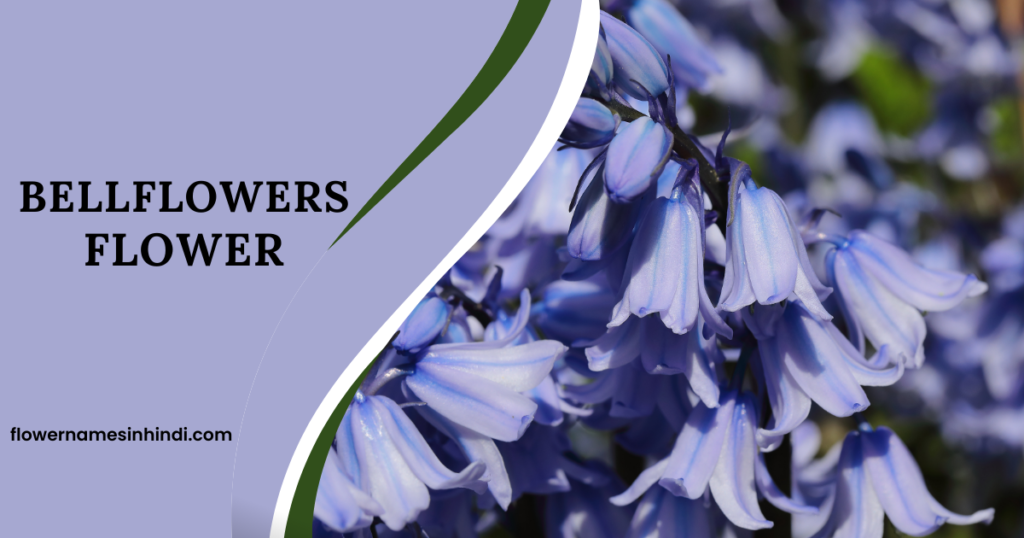
Bellflowers, or Campanula spp. belongs to the Ampanulaceae family. The flower acquired its name for its unique, bell-shaped blooms. This genus comprises several distinct species and variants, each with its flower form, colour, and growing behaviour.
This genus has various flower colors, including rich blues and purples, gentle pinks, and white. The bell-shaped flowers can be solitary or double, adding to their ornamental value. They are admired for their long-lasting flowers along with their ability to attract pollinators like bees and butterflies.
| Feature | Detail |
| Botanical name | Campanula spp. |
| No. of species | 448 |
| Symbol | Gratitude, Affection |
| Blooming time | Late Spring to Early Fall |
| Origin/Location/Native to | Northern Hemisphere, including Europe, Asia, and North America |
Balloon Flower
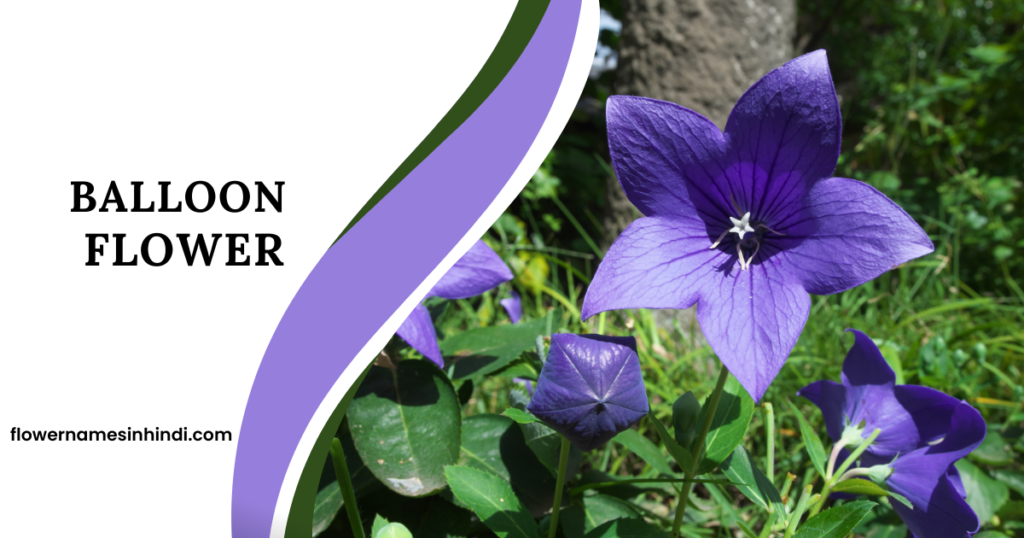
The name of plant comes from the way its flower buds expand like balloons before opening. As the buds mature, they open to display huge, bell-shaped blooms in colors of blue, pink, and white. It belongs to the Campanulaceae family, which also includes campanula (bellflower) and harebell.
This plant stands out in gardens with its distinctive, balloon-like petals that resemble puffs before opening into star-shaped blooms. Flowers may reach up to 18-24 inches tall and have a bushy, compact growth habit, making them great for borders and pots. They grow in well-drained soil, full sun to light shade, and require low maintenance.
| Feature | Detail |
| Botanical name | Platycodon grandiflorus |
| No. of species | 60 |
| Symbol | Patience, Persistence |
| Popular Colors | Blue, Pink, White |
| Origin/Location/Native to | East Asia |
Bird of Paradise: Flowers That Start With B
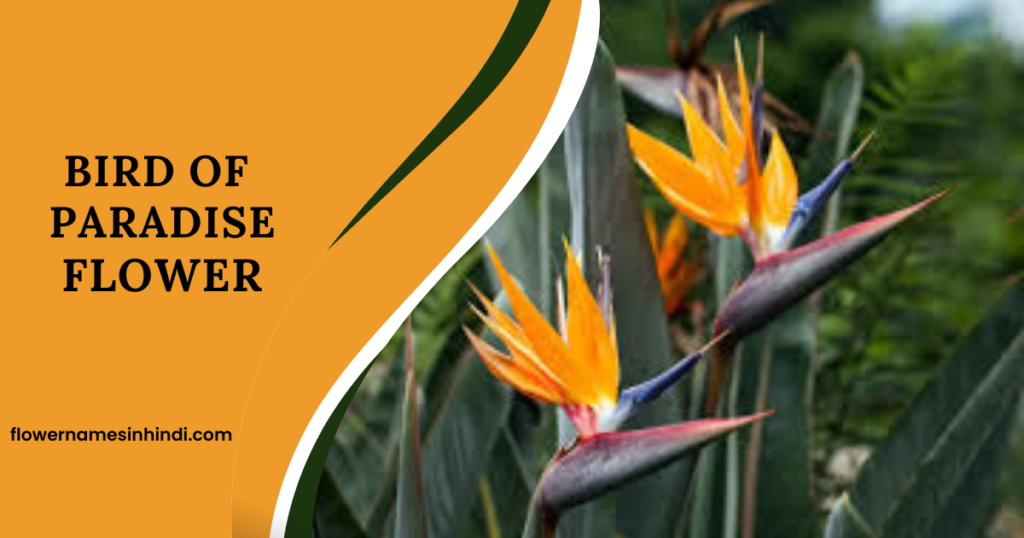
Bird of Paradise, the national flower of Africa, is a stunning tropical plant recognised for its dramatic, bird-like blooms and gorgeous leaves. It belongs to the Strelitziaceae family. This plant is a symbol of exotic beauty and elegance, and it is frequently used to create a striking statement in garden settings and floral arrangements alike.
The flowers are famous for their brilliant colors, like bright orange and blue, and their distinctive form, which resembles the head of a tropical bird. It thrives in warm areas and may be cultivated inside or outdoors under ideal conditions.
| Feature | Detail |
| Botanical name | Strelitzia |
| No. of species | About 5 |
| Symbol | Freedom, Paradise, Joy |
| Blooming time | Late Winter to Early Summer |
| Native to | South Africa |
Baby’s Breath: The Delicate Filler
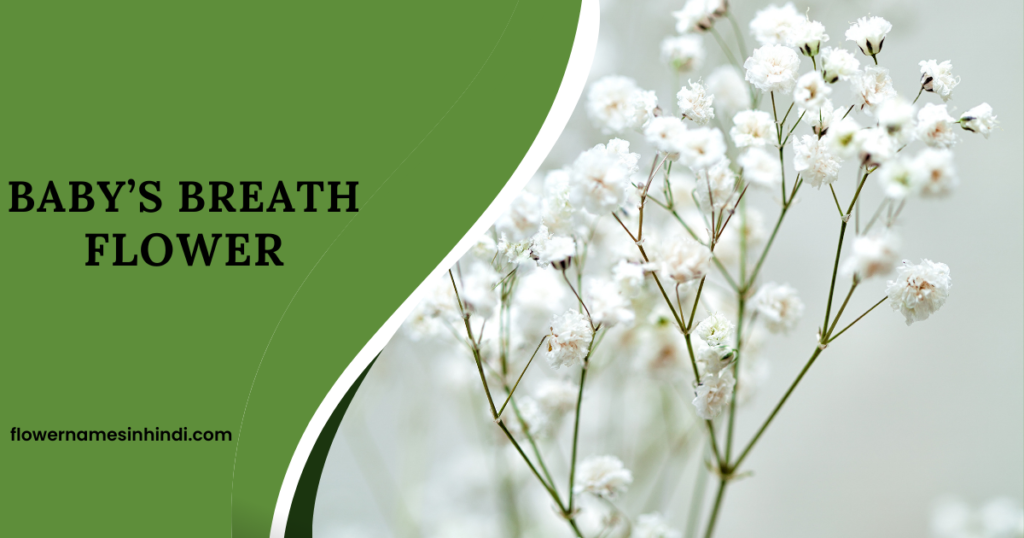
Baby’s Breath, scientifically known as Gypsophila paniculata, belongs to the Caryophyllaceae family. It is a beautiful flower known for its airy, cloud-like appearance and gives a soft, ethereal touch to bouquets and decorations.
They prefer full sunlight and well-drained soil. It is a low-maintenance plant that grows well in a variety of garden situations. Regular deadheading can help lengthen its blooming season and keep it looking fresh.
It is often associated with romantic occasions and celebrations. Hence, it is used in bridal bouquets and other flower arrangements as a decorative accent.
| Feature | Detail |
| Botanical name | Gypsophila |
| No. of species | About 150 |
| Symbol | Purity, Everlasting Love |
| Popular Colors | White, Pink |
| Native to | Eurasia |
Bachelor’s Button
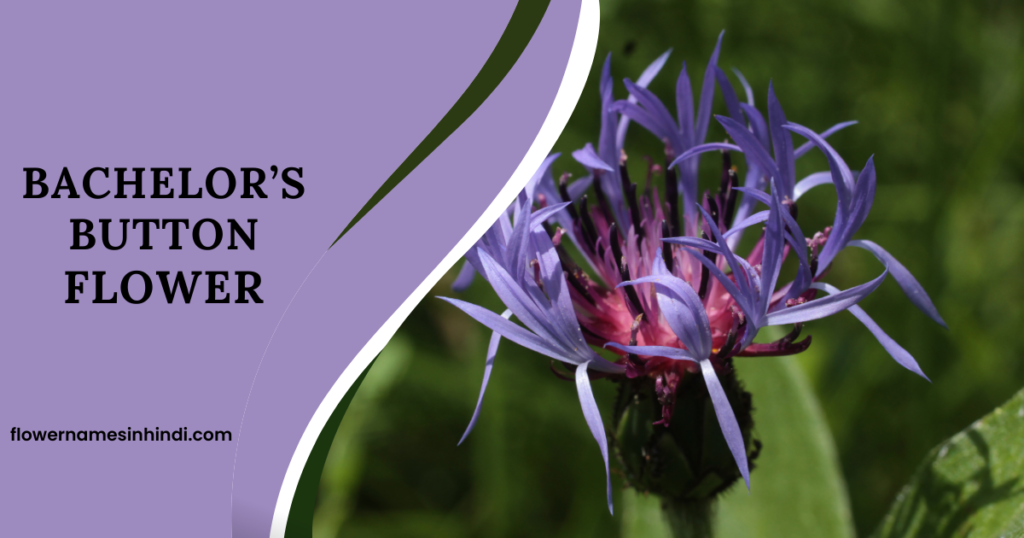
Bachelor’s Button is a lovely, easy-to-grow annual flower, also known as cornflower. The button in the name refers to the button-like physical appearance. It is included in the Asteraceae family, which also has other flowers, such as sunflowers, asters, and dandelions.
The plant produces a large number of mini, daisy-like blooms with a peculiar, fringed look. The flowers come in a range of colours, including traditional blue, pink, white, and purple. These flowers have the ability to attract bees and butterflies for pollination.
| Feature | Detail |
| Botanical name | Centaurea spp. |
| No. of species | Several species, including Centaurea cyanus |
| Symbol | Simplicity, Hope, Purity |
| Origin/Location/Native to | Europe |
Bleeding Heart: Flowers That Start With B
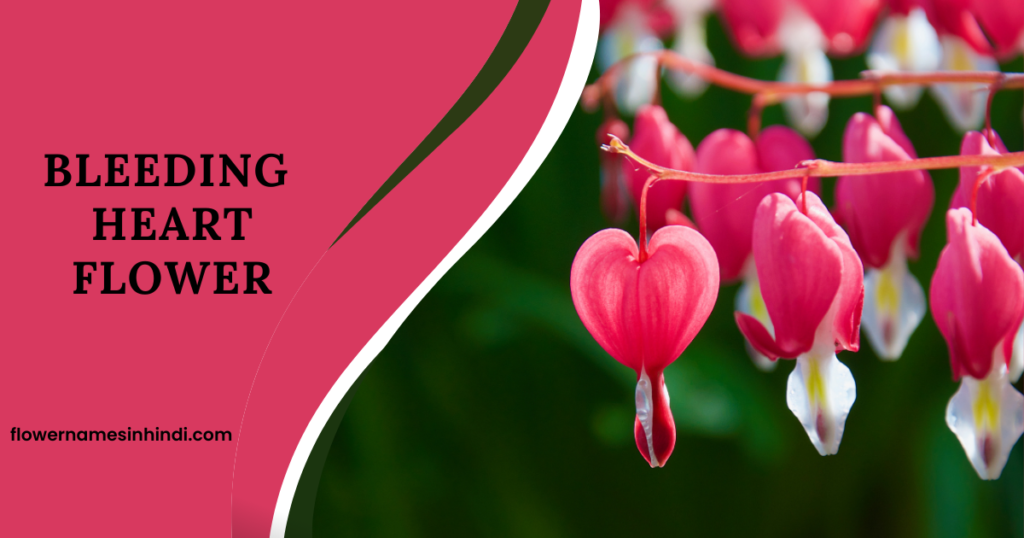
Bleeding Heart is a fascinating perennial flower recognised for its distinctive, heart-shaped flowers that appear to “bleed” a delicate drop from their centre. It belongs to the Papaveraceae family, which also includes poppies, bloodroot, and celandine.
They grow in well-drained, healthy soil with partial to complete shade. After plantation, they require little maintenance, like cool and wet conditions. Regular watering and mulching assist in keeping the plant healthy and vigorous.
| Feature | Detail |
| Botanical name | Lamprocapnos spectabilis |
| No. of species | Approximately 20 |
| Symbol | Love, Compassion, Emotional healing |
| Blooming time | Spring to Early Summer |
| Origin/Location/Native to | Asia (Siberia, Northern China, Korea, Japan) |
Black-Eyed Susan
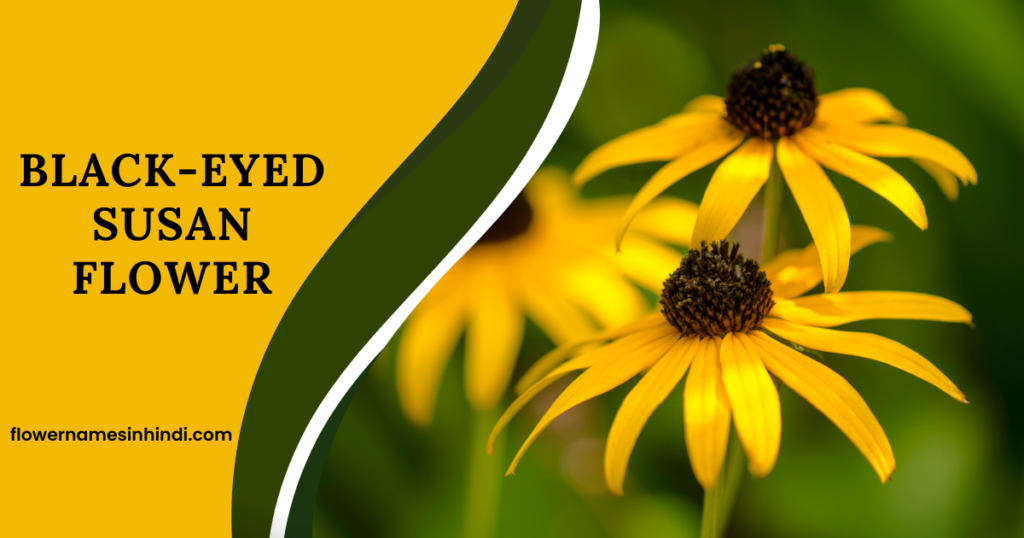
Black-Eyed Susan is a vibrant and persistent perennial flower that adds colour to gardens with its striking, daisy-like blossoms. The name refers to the center of the flower, which represents the human eye.
It belongs to the Asteraceae family, sometimes known as the aster, daisy, or sunflower family. Black-Eyed Susans have a bushy, upright growth with robust, hairy stems and yellow or bright orange petals.
| Feature | Detail |
| Botanical name | Rudbeckia |
| No. of species | About 25 wild species |
| Symbol | Encouragement, Justice, Motivation |
| Blooming time | Summer to Early Fall |
| Origin/Location/Native to | North America |
Blue Daisy Bush
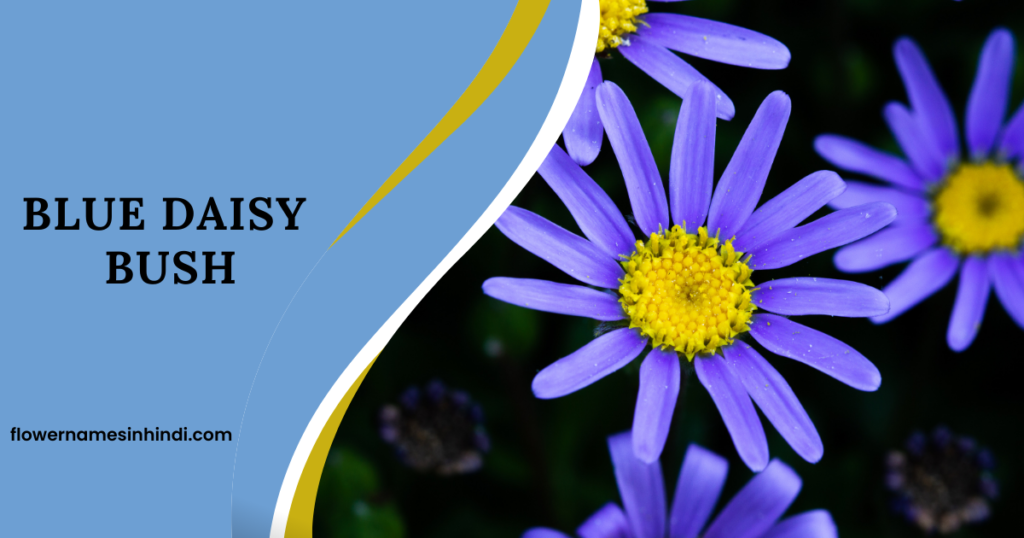
Blue Daisy Bush is a charming evergreen shrub. The name shows the vibrant blue, daisy-like flowers and the bushy nature of growth. That’s why it is frequently used to lend a burst of blue to landscapes, complimenting other vibrant garden plants.
It is in the Asteraceae family, which also includes other common plants such as sunflowers, daisies, asters, and marigolds. The plant may grow up to 2 feet tall and broad, making it an excellent choice for borders, rock gardens, and pots.
| Feature | Detail |
| Botanical name | Felicia amelloides |
| No. of species | 80 species in the Felicia genus |
| Symbol | Peace, Serenity |
| Blooming time | Spring to Summer, with intermittent blooms year-round in mild climates |
| Origin/ Location | South Africa |
Blue Lace Flower: Flowers That Start With B
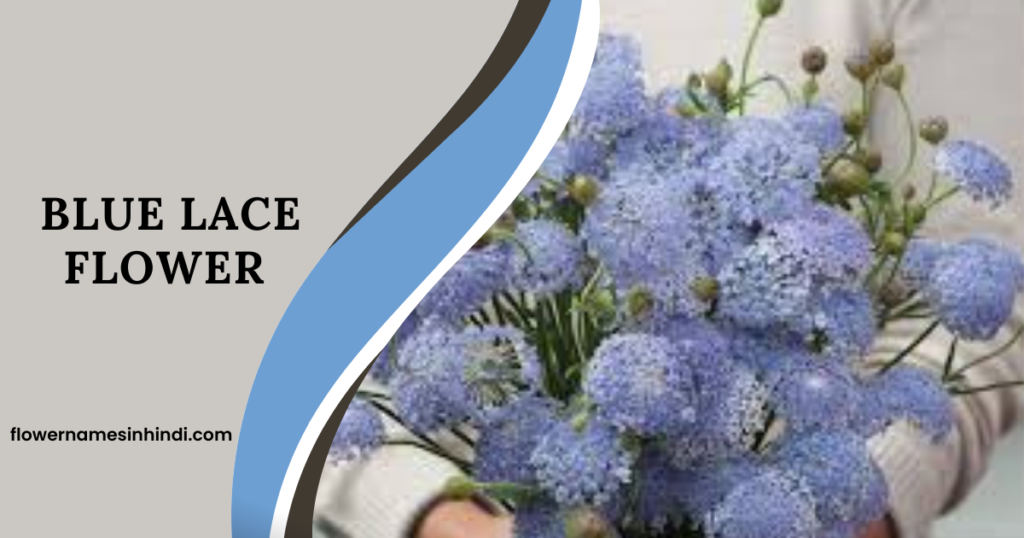
Blue in the name shows its blue color, while lace describes its physical appearance. This is a delicate and airy annual bloom that adds a gentle, ethereal feel to gardens and floral arrangements.
It belongs to the Apiaceae family, also known as the carrot or parsley family. The Blue Lace Flower is about 1 to 3 feet tall, has slender stems, and is finely split. Its fern-like leaves provide a lacy texture to garden beds and bouquets.
It prefers full light and well-drained soil. It needs moderate watering and is generally low-maintenance, making it a good choice for gardeners who want to add a touch of elegance without putting in too much work.
| Feature | Detail |
| Botanical name | Trachymene coerulea |
| No. of species | Over 87 |
| Symbol | Delicacy, Calm, Elegance |
| Blooming time | Late Spring to Early Fall |
| Origin/ Location | Australia |
Butterfly Bush: The Pollinator’s Paradise
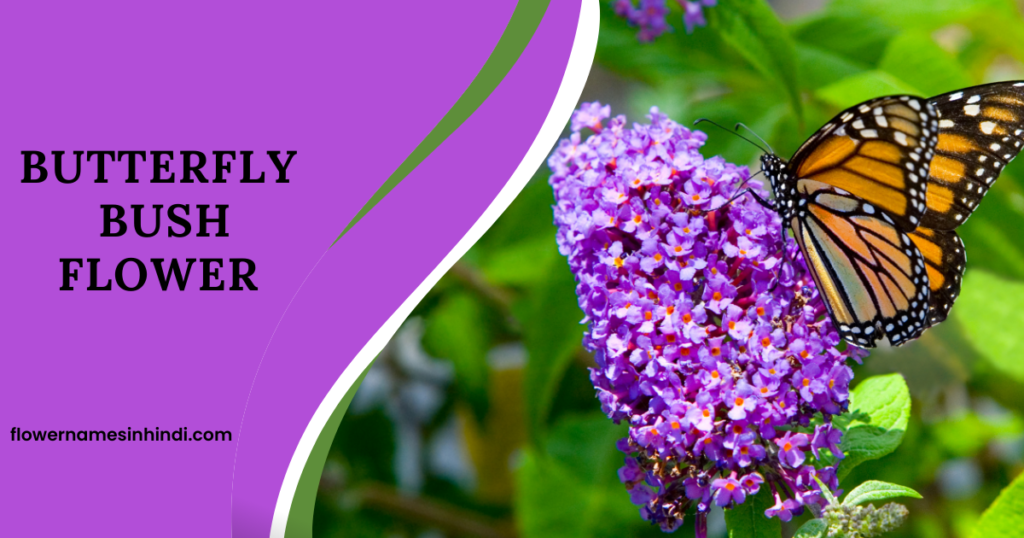
The name Butterfly bush relates to the feature of the flower that allures the other butterflies, and the bush in the name indicates to develop like a bush. It is a fast-growing shrub famed for its fragrant, spiky clusters of tiny, tubular blooms.
The genus Buddleja is now part of the family Scrophulariaceae after formerly being categorized under Buddlejaceae or Loganiaceae. The Butterfly Bush normally grows to be 6 to 12 feet tall and broad, with arching branches covered with lance-shaped gray-green leaves.
| Feature | Detail |
| Botanical name | Buddleja |
| No. of species | Over 140 species |
| Symbol | Rebirth, Transformation |
| Blooming time | Midsummer to Early Fall |
| Origin/ Location | China |
Buckbean Flower
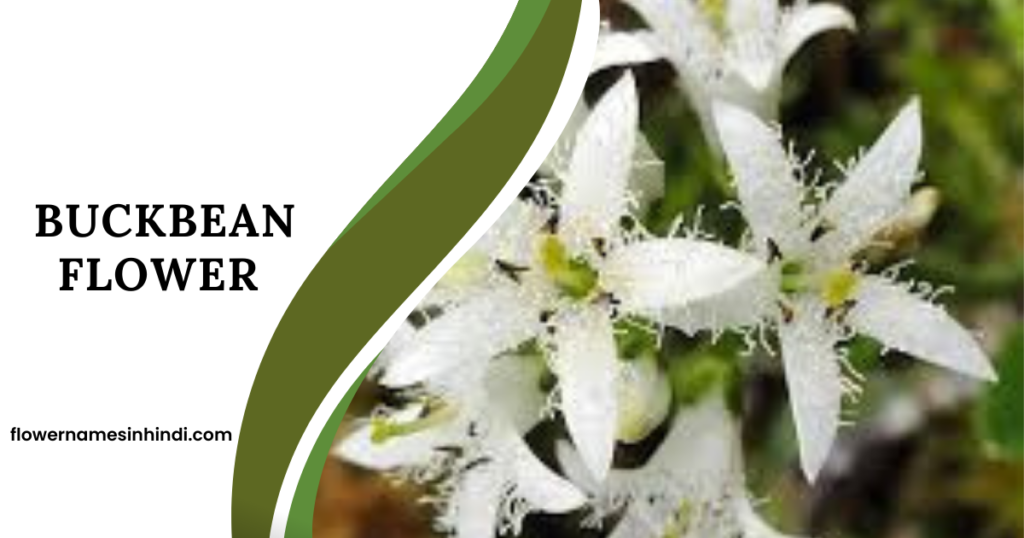
Buckbean is an eye-catching aquatic perennial plant. It thrives in wetland habitats, including bogs, marshes, and pond borders. It belongs to the family Menyantheceae, which includes the single species Menyanthes trifoliata.
Buckbean, with its appealing three-part leaves and striking star-shaped blooms. These blooms are surrounded by glossy, dark green trifoliate leaves that resemble those of a bean plant, thus the name.
| Feature | Detail |
| Botanical name | Menyanthes |
| No. of species | One species (Menyanthes genus) |
| Symbol | Purity, Healing |
| Blooming time | Late Spring to Early Summer |
| Origin/ Location | North America, Europe, Asia |
Conclusion of Flowers That Start With B
Each flower is valued for its own unique beauty and charm, which makes it a perfect addition to any garden, ceremony, or floral arrangement. The explanation of these blooms will be beneficial for every person who is looking to know about the charming beauty of the flowers, including gardening lovers or anthophiles.


